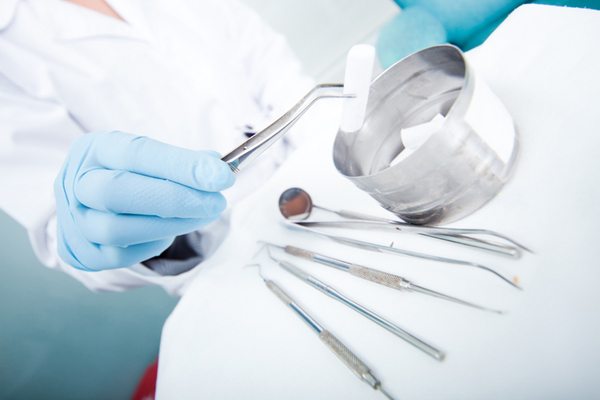Healthcare workers around the world work with many hazardous substances in search of cures for highly contagious diseases. Along with hazardous germs and bacteria, they also work with a host of hazardous drugs during their research. Many companies have invented several ways to transport hazardous substances, including CSTD systems.
It is important that ways to transfer hazardous substances be available to medical researchers seeking cures for diseases, and that safety protocols are followed for handling them as well. Many drugs, if inhaled or dropped on the skin, can cause irreparable harm and lead to complications, from minor skin rashes to serious diseases like leukemia. Many companies involved in the medical industry have created closed container systems, so that dangerous substances can be transferred from the laboratory to the pharmacy after they have been processed into life-saving drugs for both animals and humans. Along with drugs, closed system transfer devices can also be used to transfer and dispose of syringes containing contaminated blood.
Use of CSTD Products
There are many types of CSTD products that can help keep medical researchers, nurses and doctors from being exposed to dangerous substances. These products have to contain vapors, sharp needles and liquid hazardous drugs, so those handling them are not harmed by these substances. Some transfer devices have to not only make the handling of these substances safe, but also provide easy access to the syringes or the liquids used in chemotherapy or for other disease treatments. Since they have to be moved from the laboratories where they are produced, to pharmacies, and finally to the patient, the packaging and containers need to be durable, as well as safe. Many companies have also made their systems self-sealing, so once the drugs have been given to the patient, the system closes upon disconnection to keep healthcare workers safe from exposure.
being exposed to dangerous substances. These products have to contain vapors, sharp needles and liquid hazardous drugs, so those handling them are not harmed by these substances. Some transfer devices have to not only make the handling of these substances safe, but also provide easy access to the syringes or the liquids used in chemotherapy or for other disease treatments. Since they have to be moved from the laboratories where they are produced, to pharmacies, and finally to the patient, the packaging and containers need to be durable, as well as safe. Many companies have also made their systems self-sealing, so once the drugs have been given to the patient, the system closes upon disconnection to keep healthcare workers safe from exposure.
Medical researchers, pharmacists and healthcare workers put their own health at risk every day when they encounter patients with dangerous, often fatal diseases. They shouldn’t have to worry that their health is also at risk when handling the drugs that can save their patients’ lives.
